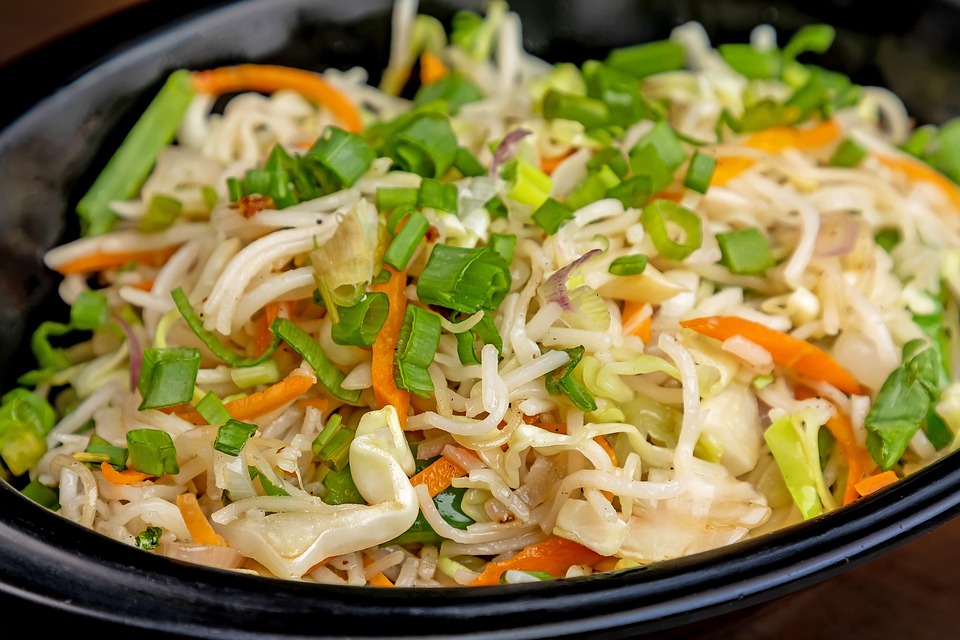In the world of culinary arts, the phrase "we eat with our eyes" holds profound significance. Food styling transcends mere plating; it is an art form that combines creativity, technique, and an understanding of aesthetics to elevate the dining experience. This article explores the critical role of food styling and why it matters not just to chefs but also to consumers and the broader food culture.
The Intersection of Art and Science
Food styling is where the culinary arts meet visual expression. Each element—from the choice of plates and garnishes to the arrangement of ingredients—serves to enhance the dish’s visual appeal. A well-styled plate can evoke emotions, tell a story, and draw people in, just as a painting can captivate an observer.
The Psychology of Presentation
Research indicates that the way food is presented can significantly influence our perception of taste. A beautifully arranged dish can amplify our expectations and enjoyment, while poor presentation might detract from the flavors. This phenomenon is bolstered by the concept of “visual hunger,” where people are drawn to visually appealing food images, often before considering taste.
The Role of Food Styling in Branding
For restaurants and food brands, food styling is crucial for effective marketing. High-quality images of expertly styled dishes on menus, social media, and advertisements play a pivotal role in attracting customers. In an Instagram-driven culture where visuals reign supreme, the aesthetic presentation of food can differentiate a brand from its competitors.
The Power of Social Media
Platforms like Instagram and Pinterest have transformed food styling into a mainstream art. Influencers and food photographers leverage their skills to create eye-catching images, igniting trends and inspiring countless home cooks. The challenge lies in balancing aesthetics with authenticity; the food needs to not only look good but also be realistic and achievable.
Techniques and Tips for Effective Food Styling
Color Contrast
Utilizing vibrant colors can stimulate appetite and create visual interest. Selecting complementary colors makes the plate pop, inviting the observer’s eye to explore.
Texture
Incorporating textures adds depth and dimension to dishes. A mix of smooth creams, crunchy garnishes, and fresh herbs contributes layers that can be both seen and felt, enhancing the overall experience.
Height and Composition
Creating height on a plate can make any dish look more appealing. Stacking ingredients or using strategic placement elevates the plate and draws the eye upward. For composition, adhere to the rule of thirds—positioning the main elements along these lines for a balanced look.
Garnishes
The right garnish can tie a dish together artistically. A sprinkle of fresh herbs, a drizzle of sauce, or a dollop of cream can highlight colors and flavors, making even the simplest meals look gourmet.
The Importance of Authenticity
While aesthetics are vital, food styling must remain true to the flavors and integrity of the dish. Expectations set by appealing visuals should align with the actual taste. The goal is not just to create a visually stunning dish but also to ensure that it offers a memorable culinary experience.
Cultural Sensitivity
Food styling often intersects with cultural narratives. It’s crucial for stylists and chefs to respect the origins and traditions of the dishes they present, ensuring authenticity while making them visually appealing. This respect enhances not only the dish’s presentation but also its appreciation among diverse audiences.
Conclusion
Food styling is an essential component of the culinary experience that bridges the gap between art and gastronomy. By paying attention to aesthetics, we can influence perception and enjoyment, forging deeper connections to the food we consume. As we embrace the flavors of aesthetics, we ignite our senses, elevating every meal into a feast for the eyes and palate, and enhancing the multi-faceted experience of dining. Whether in professional kitchens or home cooking, the art of food styling invites us to appreciate not just what we eat, but how we enjoy it.



